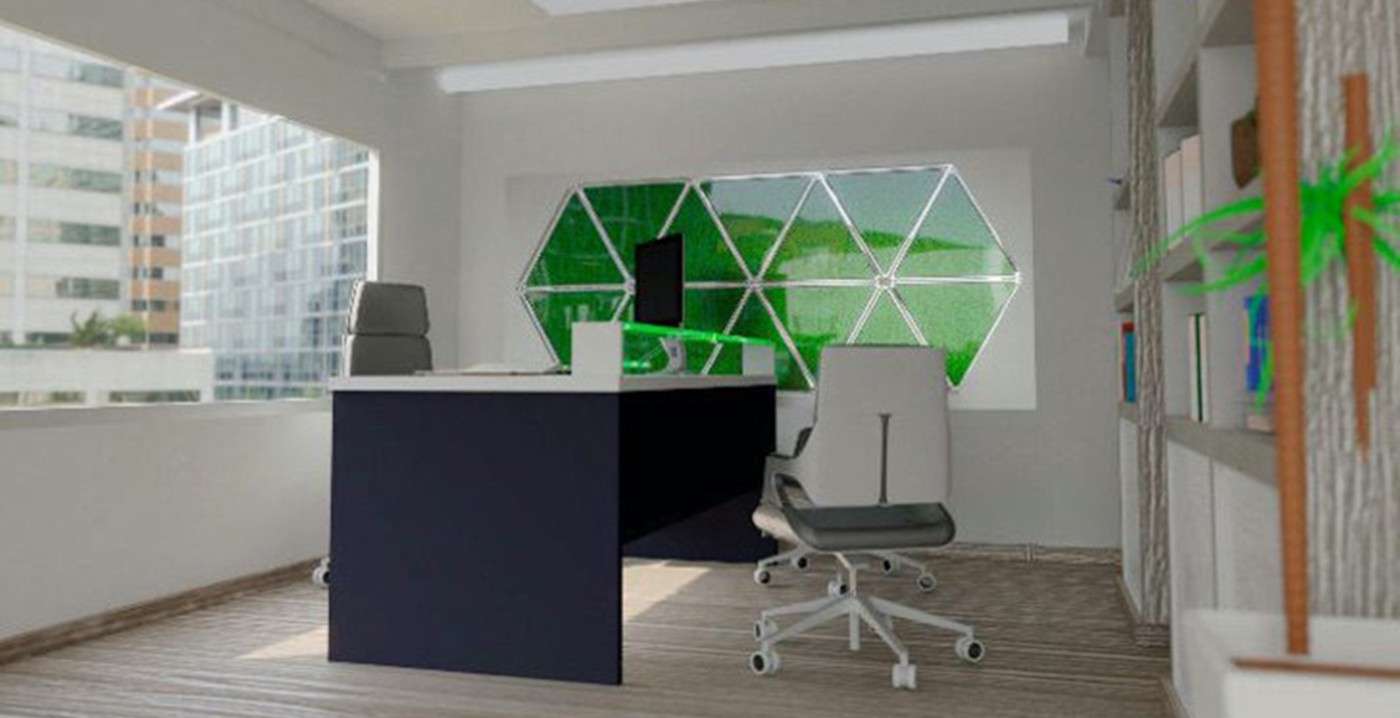French Connoisseurs Just Tasted the Bordeaux Wine That Spent a Year in Space: 'Beautiful!'
A very special kind of wine tasting just took place in Bordeaux: bottles of wine aged 1 year on the International Space Station were analyzed.

What can generate clean energy, biomass for fertilizers, convert CO2 into oxygen, and be used in space? Algae.
Pursuing this incredible organism's potential is young Adán Ramirez Sánchez—23-year-old Mexican biotechnician and winner of MIT's 2019 Latin American Innovators Under 35—who has made solar panels powered by algae instead of minerals mined from the earth.
His Intelligent Solar Biopanels, made at his firm GreenFluidics, are one part microalgae, one part nanotechnology, and they absorb CO2 before converting it into electricity and oxygen, potentially solving two of the largest problems of our time.
If you paid attention in biology class, you may notice a similarity between this and the evolutionary strategy of photosynthesis, the method by which plants generate energy from CO2 and sunlight.
The invention just gets better and better however, as the panels are totally biodegradable—since they are made from algae and abundant marine material—and they produce biomass while running, which can be collected and used as fertilizer.
Measuring a meter across, the green triangular panels are quirky and avant-garde, and can lend an office a unique touch while purifying the air within.
#LunesInnovadores | Adán Ramírez ha desarrollado paneles solares biológicos que producen energía y oxígeno mientras absorben dióxido de carbono y podrían ayudar a colonizar Martehttps://t.co/JLYqscNk0a pic.twitter.com/6tZEt0wgTJ
— MIT Tech Review ES (@techreview_es) January 20, 2020
#LunesInnovadores | Adán Ramírez ha desarrollado paneles solares biológicos que producen energía y oxígeno mientras absorben dióxido de carbono y podrían ayudar a colonizar Martehttps://t.co/JLYqscNk0a pic.twitter.com/6tZEt0wgTJ
Consumption of fuel to generate electricity or thrust is the largest source of emissions by an enormous margin. For comparison's sake, the U.S. would have to multiply the number of horses, sheep, goats, and cows in the country by roughly 50 to come close to matching it through the animals' enteric fermentation.
Ramirez defines GreenFluidics as Mexico's first technology firm to produce biotech for outer space exploration, saying upon receiving his award from MIT that "we are looking to connect outer space with planet Earth through the technology we have developed."
He hopes they can be taken onboard spaceships or within colonies, as they can simply be set on a window and generate electricity and oxygen for the astronauts inside using the sun. The biomass produced can be used to fertilize space crops—another biotech that's being developed by NASA and ESA.
Sometimes when you want to dream big and reach for the sky, the first step is looking down, in this case, into a pond perhaps.
PASS on Bright Ideas—Share This Story With Friends…
Be the first to comment